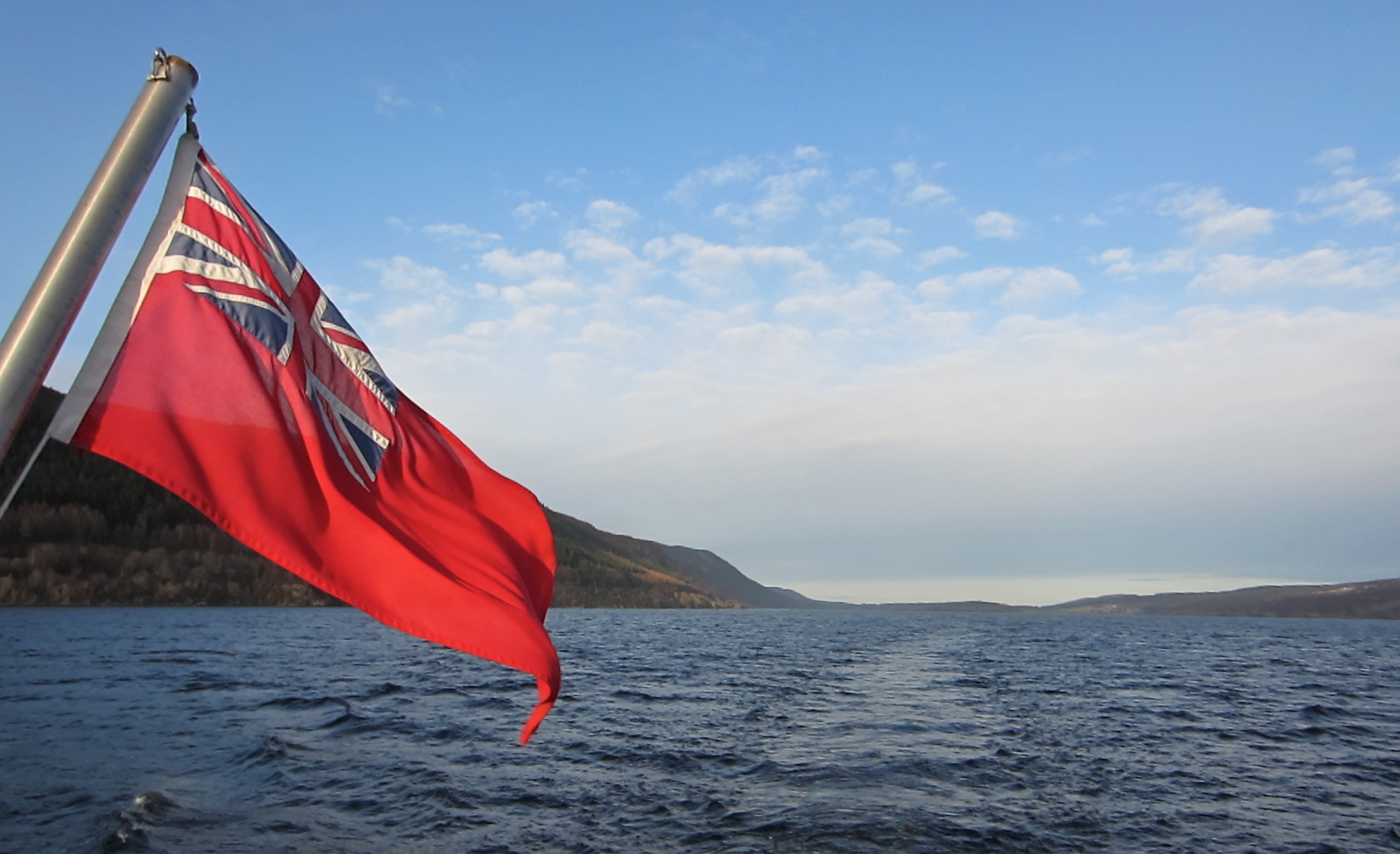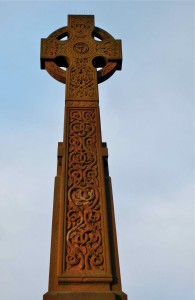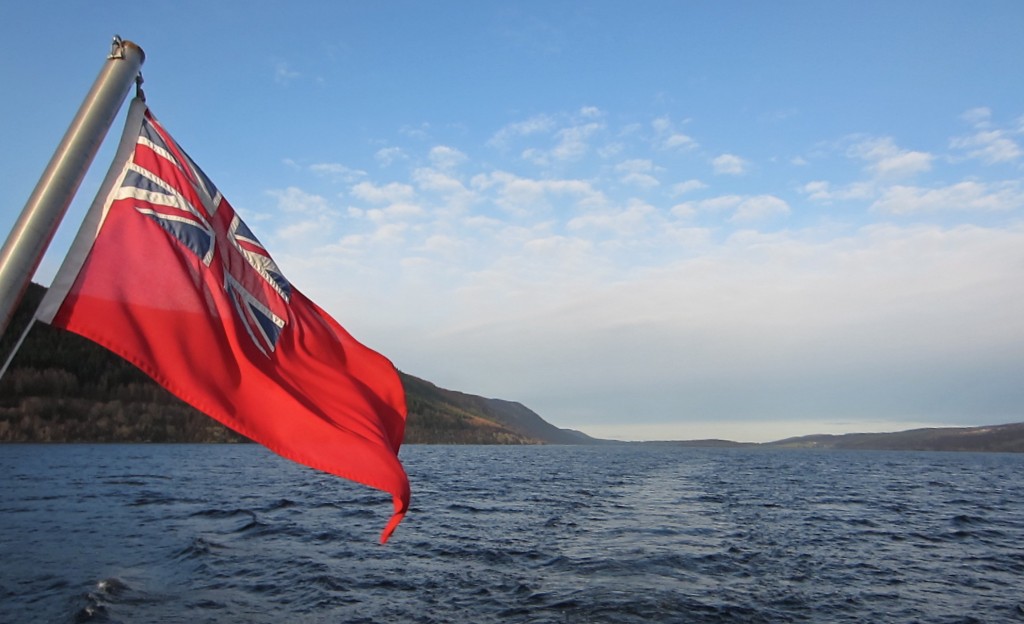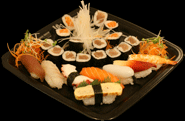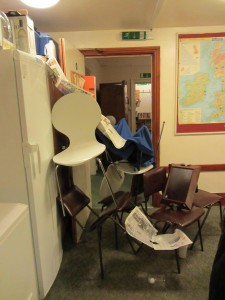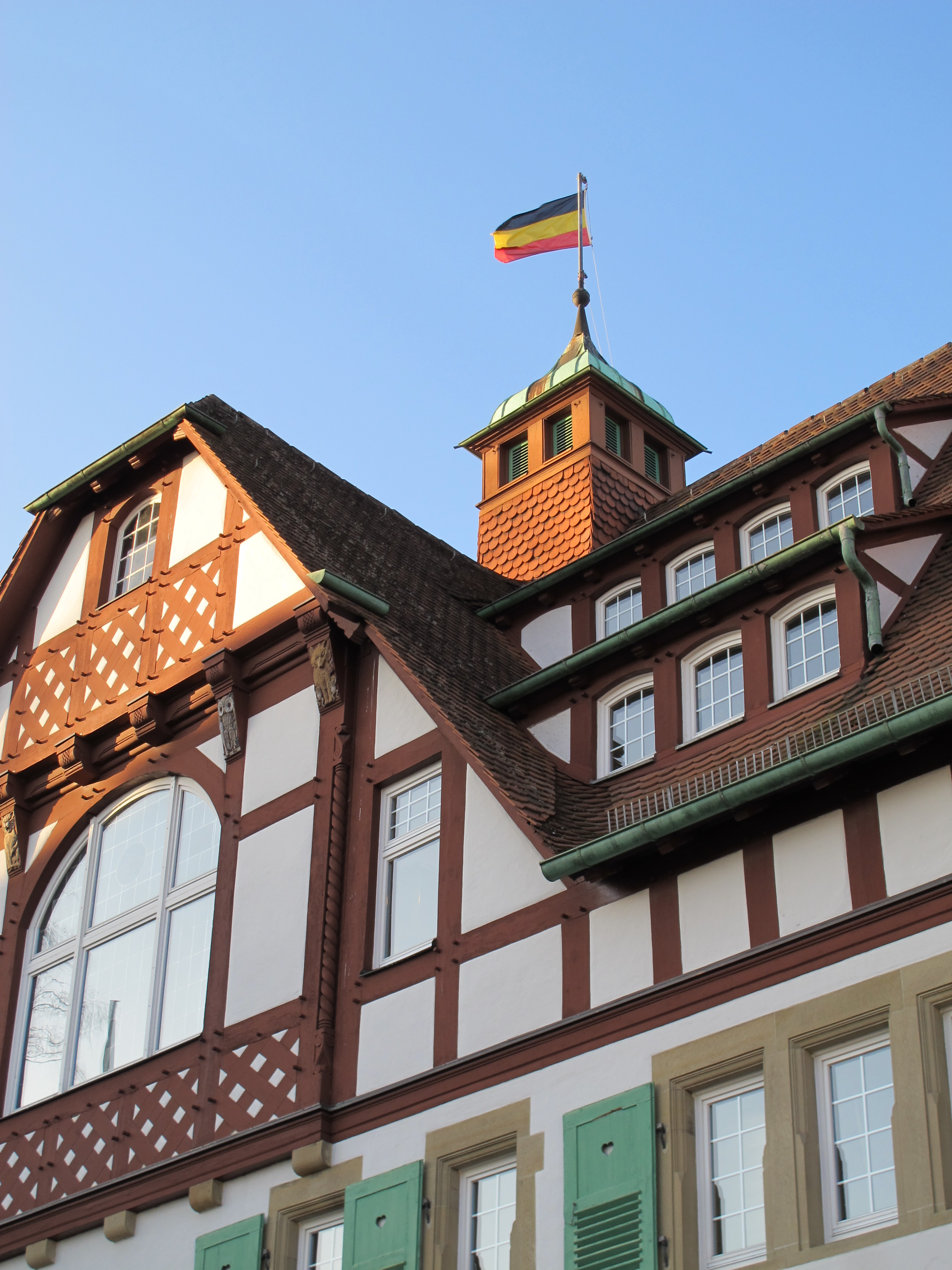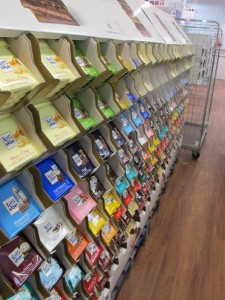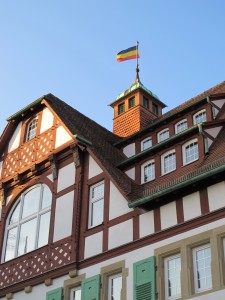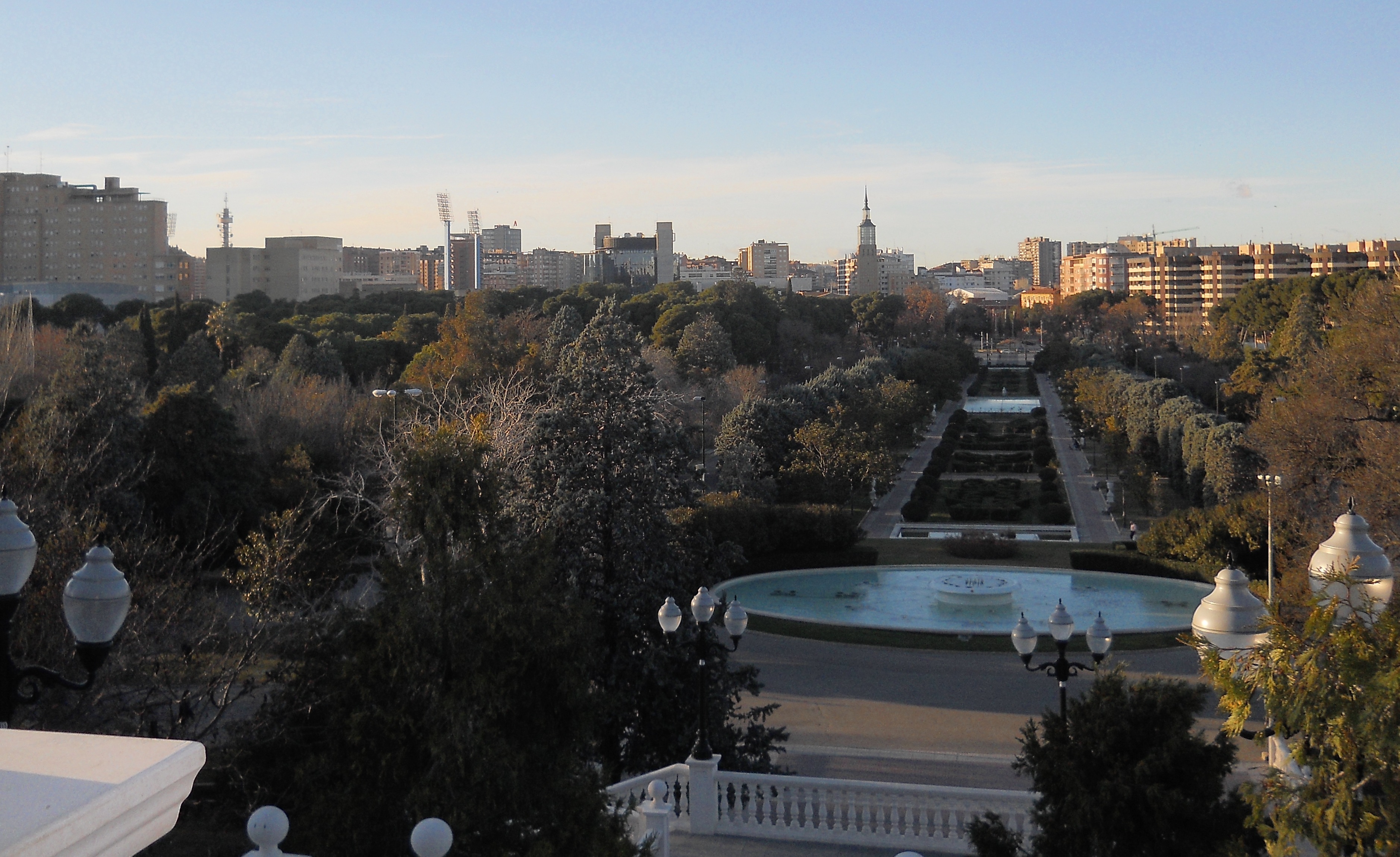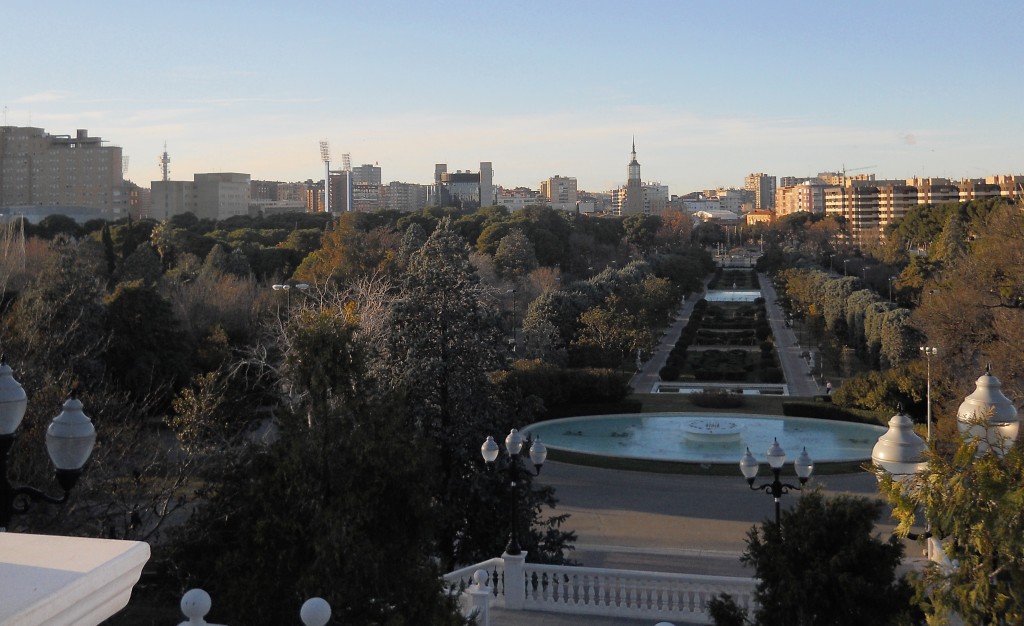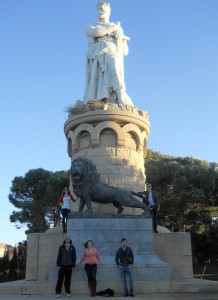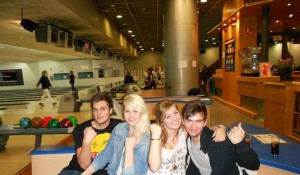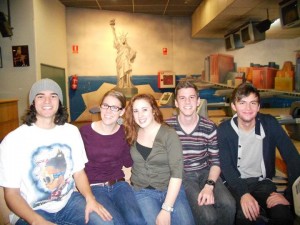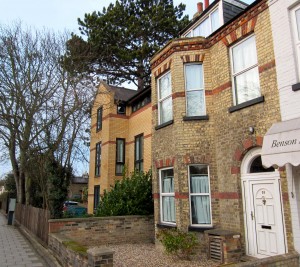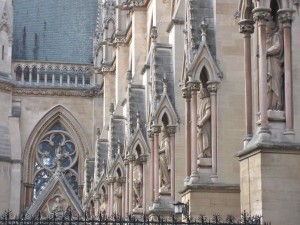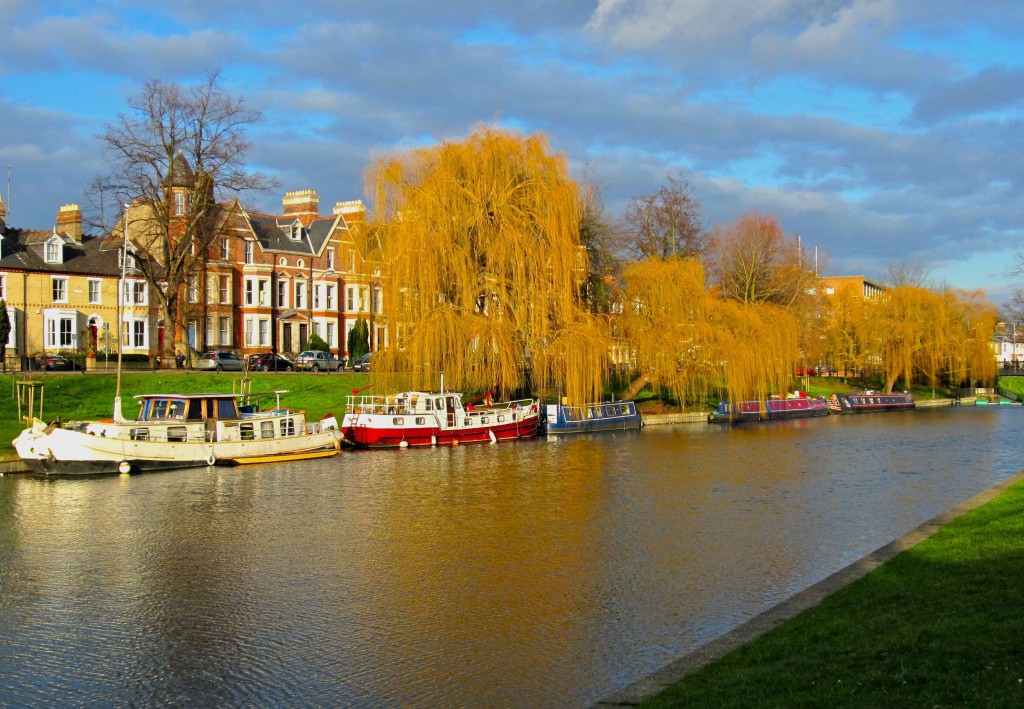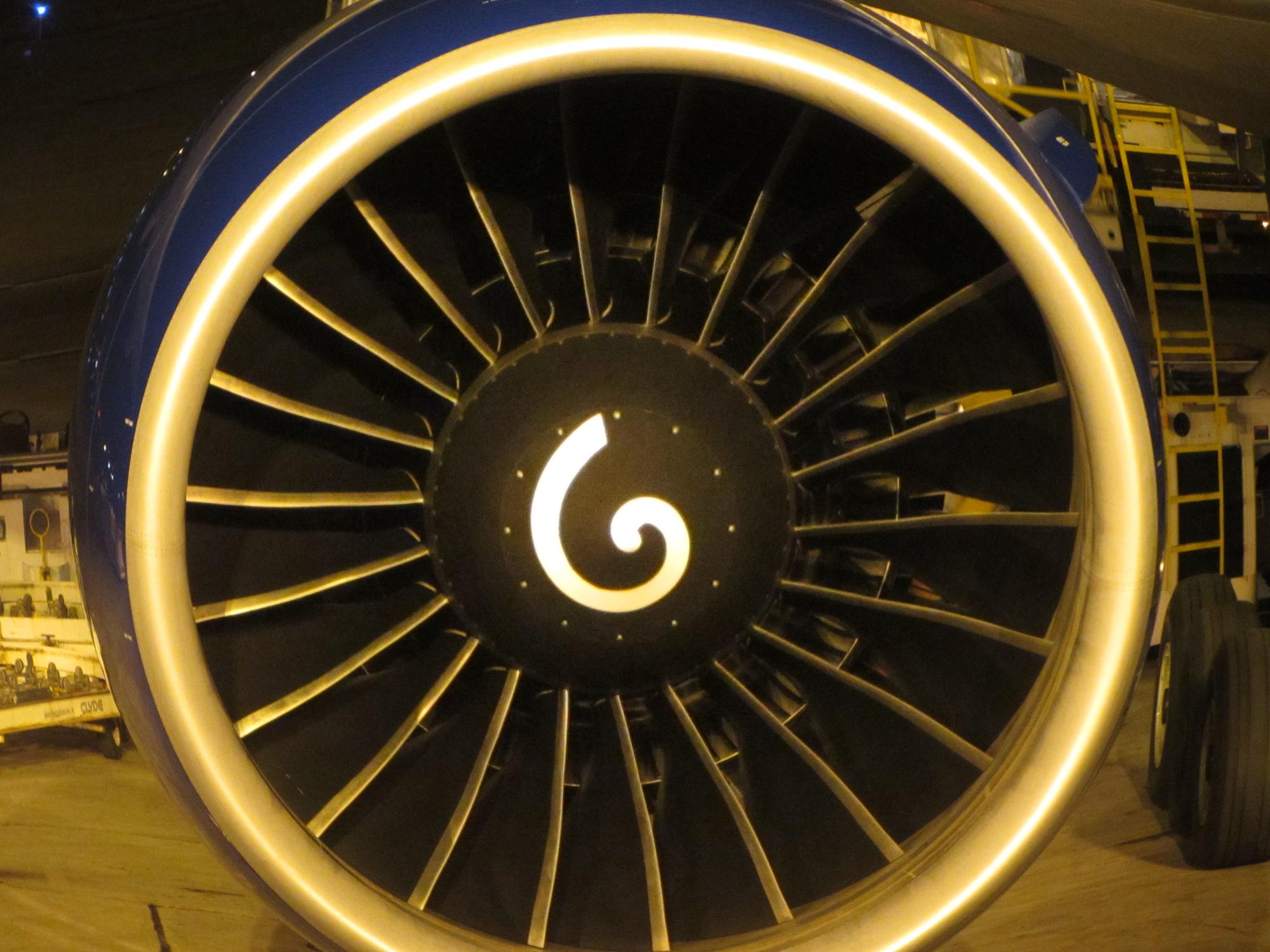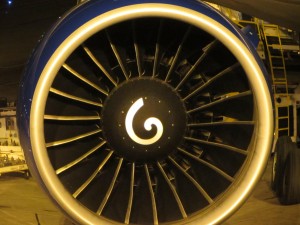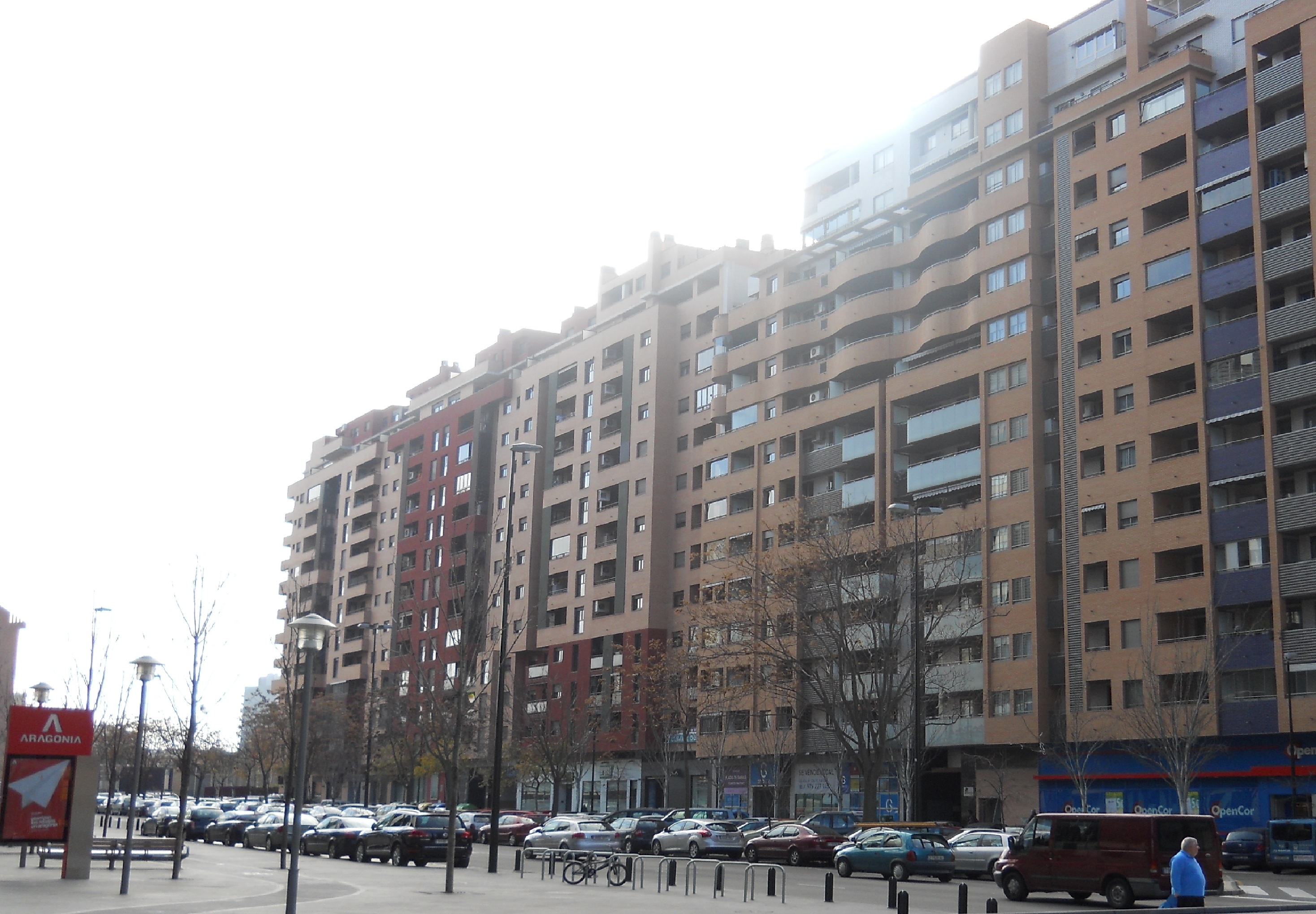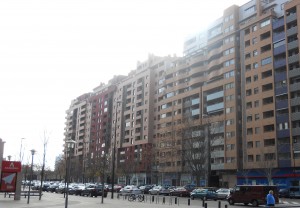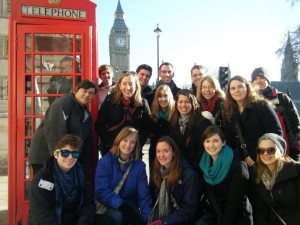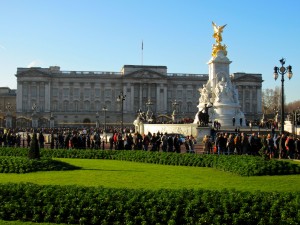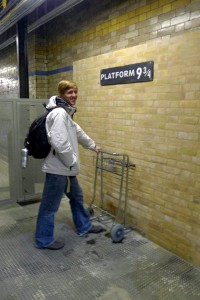Life is good. After enduring the seventeen hour plane ride from Washington D.C., I finally arrived in Johannesburg, South Africa with the fifteen other students from around the country last Monday evening. Since my arrival its has been a long week filled with touring and traveling Johannesburg and the surrounding areas but nevertheless I’ve been learning and experiencing so many new things and I am loving it. Due to my lack of internet connection at the place we are staying, I haven’t been able to write yet, but here is the brief lowdown on what I did during our first week.
Our first two days were spent touring Soweto. This stands for SOuth WEstern TOwnships and is most commonly known for the student uprisings that took place there in June of 1976 to fight against the apartheid regime. The first day we visited the Hector Pieterson Museum. This museum is named after one of the first students to be killed in the uprisings and is not only a tribute to him, but to the many, many other students who lost their lives. We were able to meet Antoinette Sithole, Hector Pieterson’s sister, as she recalled the day her brother died and gave us a more personal, emotional, and real picture of what happened during the uprisings.

Later that day, we visited Nelson Mandela’s house and were given a brief history of his life, his philosophies, his rise to presidency in 1994, and his great influence in ending apartheid, which was very inspiring as well.
The next day in Soweto we visited the Regina Mundi Catholic Church. Latin for “Queen of the World,” it is known as the “people’s church” and can seat 2000 worshipers while having space for an additional 3000 to stand! It is the biggest Catholic church in Soweto and played an important role in ending apartheid, especially during the Soweto uprisings. Many people took refuge there, but there is still evidence of police storming in and chasing people out (bullet holes, broken altar, etc.) (Fun fact: after apartheid had been done away with, the Truth and Reconciliation Commission hosted their hearings at this church.)
After touring Soweto and learning about its history, I was so surprised how a township, though very large, can be so impacted and shaped by a single event in history. The 1976 uprisings had such a huge effect on the places and people of the township that almost everything in someway can relate itself back to that time in history.
We also visited Kliptown, a town outside of Soweto. We saw the Freedom Charter monument there, but the thing that was most impressionable to me was when we toured the slums. The houses were basically shacks without toilets, showers, running water or anything like that. Almost all of the people there were unemployed and after talking to the people and getting a little taste of their lives, I learned that the South African government has not really done anything positive to help them. It is basically always trying to do what they think will help solve the people’s problems, but they fail to assist the people in what they really need or what would most benefit them and end up wasting a lot of money.

Later in the week we had sessions with the African National Party (ANC) as well as the Democratic Alliance (DA) and were introduced to the politics of South Africa and heard ideas of their plans to boost the economy and continue to positively rebuild the nation. Though I’m not that into that sort of stuff too much, it was still interesting to see differing perspectives. We also met with the South African Council of Churches and learned of their efforts in ending apartheid and trying to bring peace to South Africa.
I spent the weekend with my host family and that was quite the experience. (more to come on that later)
Finally, during our last two days we went to the U.S. Embassy where we learned about some of the workings of international relations, the Voortrekker Monument where we got a better understanding of the Dutch Afrikaaner history in South Africa, and the Apartheid Museum. The apartheid museum was especially moving and took us from the very roots of the problem to the current state. Pictures and videos played were graphic, but gave a better understanding of how truly horrible blacks were treated during that time. They also had a special Nelson Mandela exhibit which highlighted his efforts as well.
Though the week was busy, it was lots of fun and I’m glad I got to experience the things I did. I’m really enjoying spending time with the other students on the trip as well and I cannot wait to finally head to Namibia later this week!
See more pictures: https://picasaweb.google.com/114438203688193706278/Joburg#
Follow me on Twitter: www.twitter.com/AmyinNamibia
